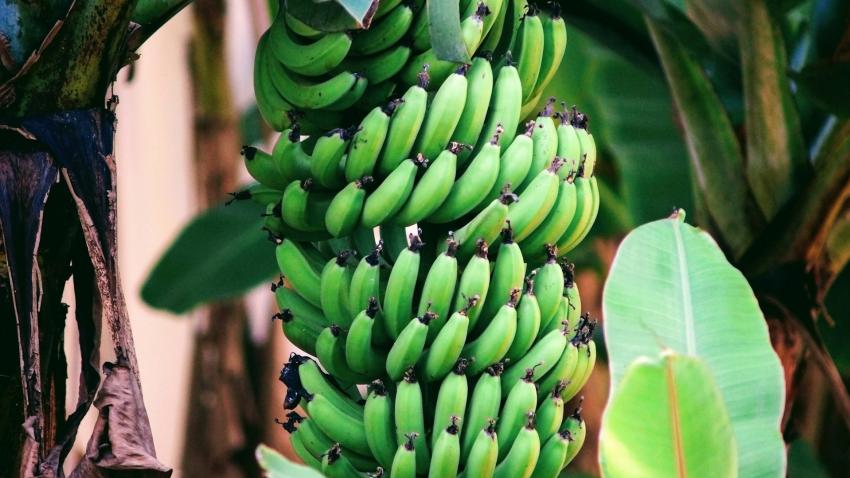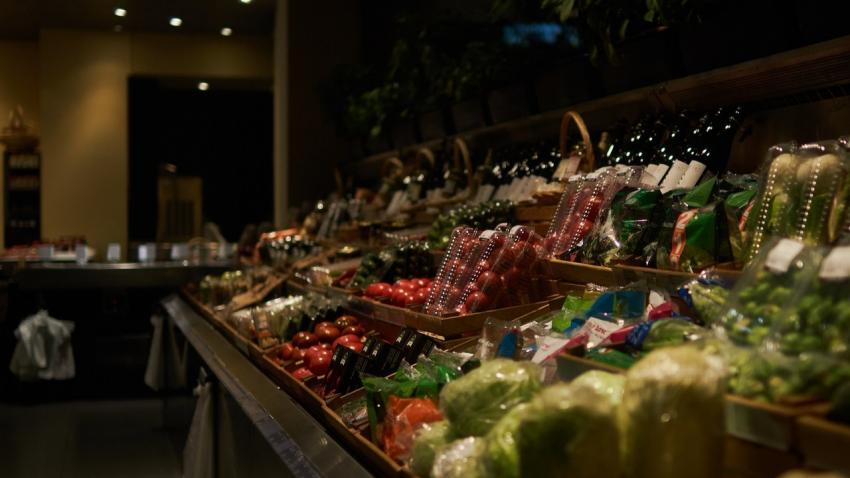You are here
Back to topPhilippine Bananas Slip to #3 in Global Export Ranking

According to preliminary data released by the Food and Agriculture Organization of the United Nations, the Philippines slipped from second to third place in the global banana export rankings in 2022 with a total export volume of 2.235 million metric tons, having been overtaken by Guatemala (2.467 million metric tons). Ecuador once again easily secured first place (6.216 million metric tons), with Colombia (2.125 million metric tons) and Costa Rica (2.122 million metric tons) closely competing for fourth position.
As reported in local media, data published by the Philippine Statistics Authority indicate that 2022 saw a 6.5% year-on-year decrease in the country’s banana export volume to 2.273 million metric tons and a 3.66% year-on-year drop in export revenue to $1.096 billion. Despite bananas remaining the country’s second most valuable agricultural export, the recent decline has reportedly caused alarm in the industry as the figures hit their lowest levels since 2016, which witnessed exports of 1.733 million metric tons worth $730.5 million.
Commenting on the situation, the Pilipino Banana Growers and Exporters Association highlighted two main factors that affected the industry’s performance last year, namely, the continued spread of the fungal disease Fusarium wilt — also known as Panama disease — and high production costs, including substantial expenses on fertilizers.
As estimated by the PBGEA, the total area affected by Fusarium wilt is between 15,000 and 36,000 hectares, corresponding to 17–40% of the 88,000 hectares planted with bananas nationwide. The PBGEA has recently urged the establishment of a banana research center to address this and other problems facing the sector. PBGEA executive director Stephen A. Antig warned that in five years the situation would be even more severe if no fungus-resistant varieties are developed. The project, however, is still awaiting congressional approval.
In the meantime, Philippine President Ferdinand Marcos Jr. has been attempting to tackle another major difficulty for the agricultural sector, namely, increased input costs, recently announcing a progressive shift from imported petroleum-based fertilizers to domestically produced biofertilizers. The use of non-organic fertilizers will still be permitted for the time being, however, and because of this President Marcos facilitated an agreement with two Chinese fertilizer manufacturers during his state visit to Beijing in January to provide cheaper access to these essential inputs for Philippine farmers. According to experts at the World Bank, fertilizer prices have eased from their 2022 peak, although they remain relatively high.
While the Philippine banana sector is working on solutions and hoping that its exports will not drop below the $1 billion mark in 2023, the supplies to key markets shrank and thus cleared space for bananas from Latin America. Shipments to China, the Philippines’ second-largest banana market after Japan, declined by 8.4% in 2022, making room for over 75,000 metric tons of the fruit from other countries.
Image: Unsplash















Add new comment